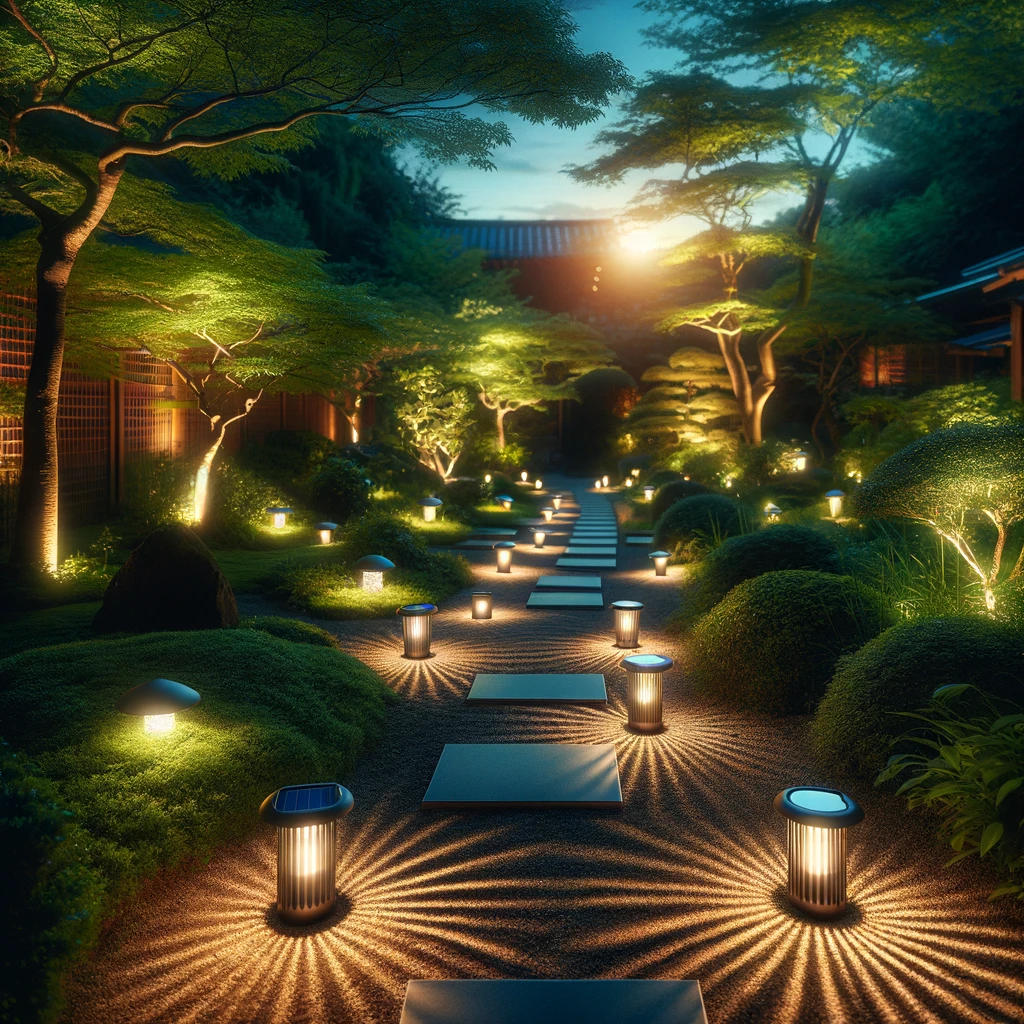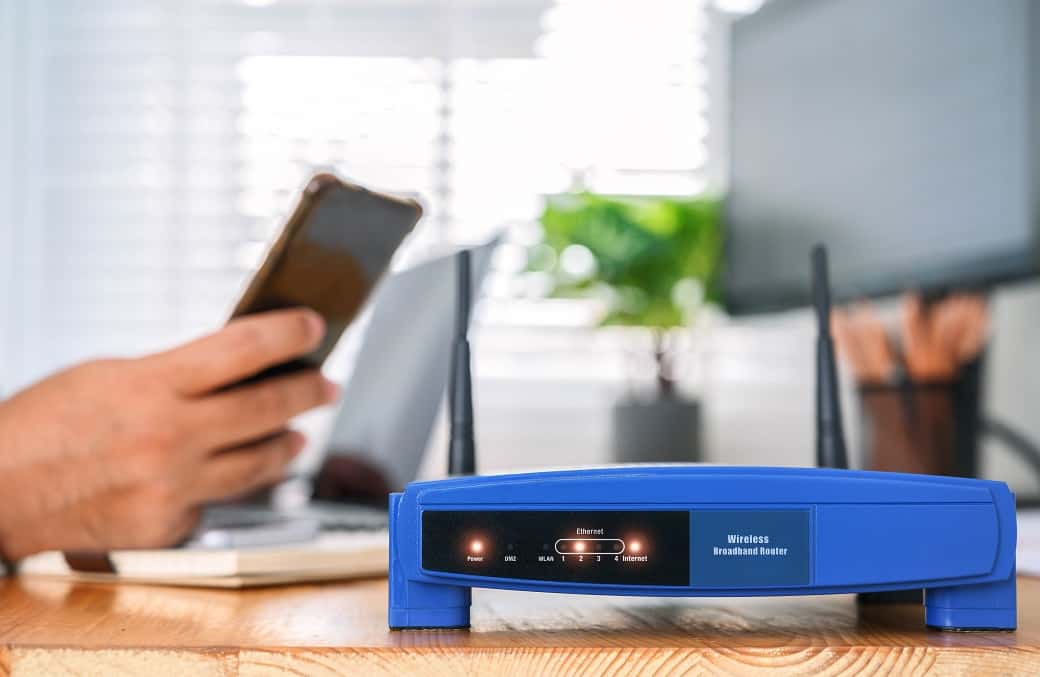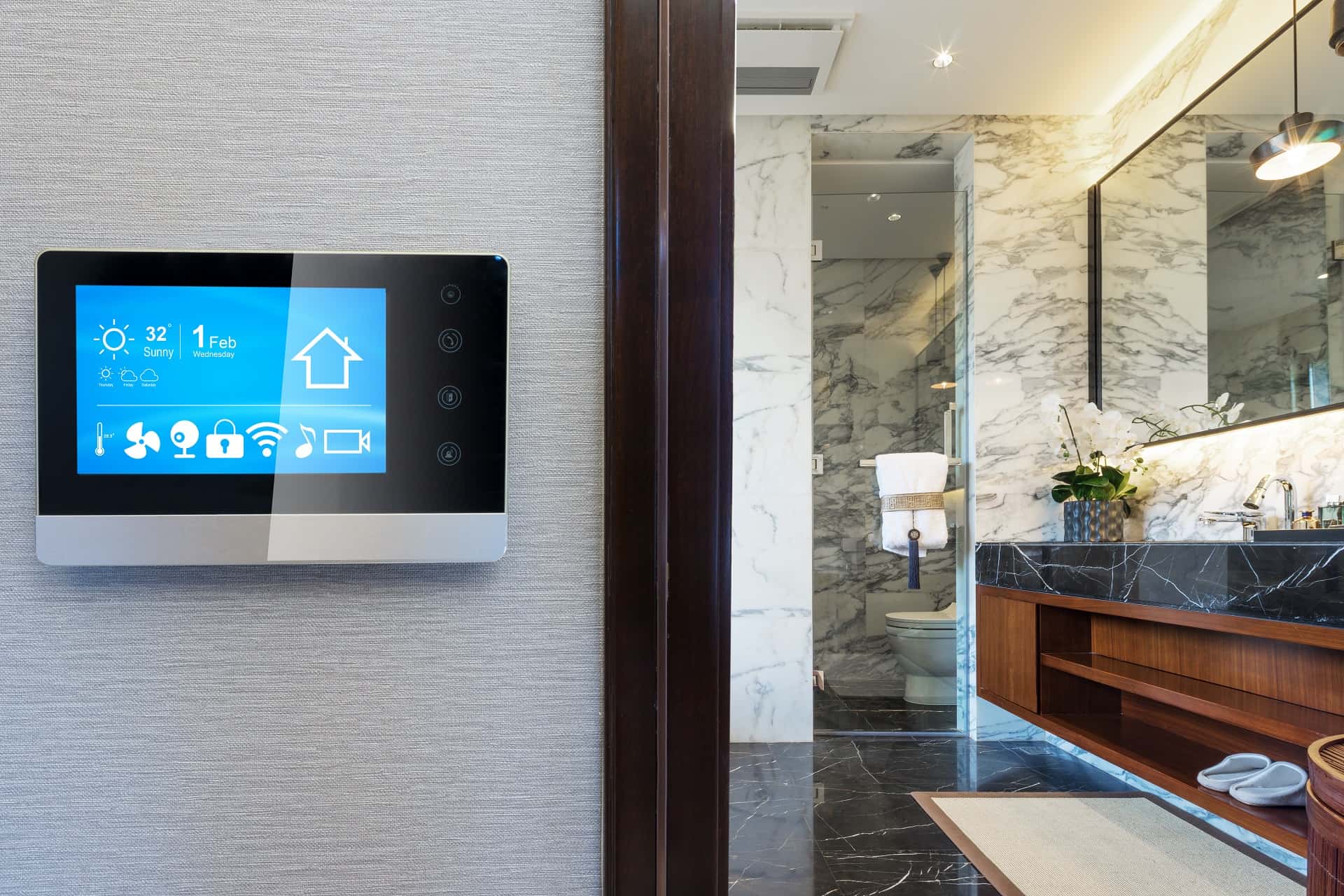Solar lights have become a popular choice for homeowners looking to add a touch of elegance and functionality to their outdoor spaces without the hassle of wiring. These eco-friendly lights use the power of the sun to light up pathways, gardens, and patios, making them a sustainable and cost-effective lighting option. However, there’s a common question with solar lights: Do solar lights charge in the shade? In this post, we’ll explore the capabilities of solar lights in less-than-ideal lighting conditions and provide insights on how to maximize their efficiency, even when sunlight is limited.
Can Solar Lights Charge in the Shade?
Solar cells work by converting sunlight into electrical energy, a process that is most efficient under direct sunlight. Placing solar-powered lights and other solar systems in direct sunlight is the best way to charge your devices. When placed in the shade, solar lights receive less sunlight which can result in a slower charging process. The intensity of sunlight that does reach the solar panels in shaded areas is reduced, which can extend the time required for the solar lights to achieve a full charge. The ability of solar lights to charge in the shade varies and is dependent on the quality and sensitivity of the solar panel.
Several factors influence how well solar charging will work in the shade. The density of the shade, the time of day, and the weather conditions can all impact the amount of light that reaches the solar panels. On cloudy days or depending on the time of year, even less light than normal will hit your solar panels. The type of solar panel used in the lights can also impact charging. The panel types, such as monocrystalline or polycrystalline, respond differently under low-light conditions.
So yes, solar lights can still charge when placed in the shade, though the process is less efficient since the intensity of the light is reduced.
Maximizing Solar Light Charging in the Shade
While solar charging works best in full sunlight, solar panels can still gather some charge even in shaded areas. If your garden or patio doesn’t receive direct sunlight, don’t worry—there are ways to optimize the performance of your outdoor solar lights. First, consider the positioning of the solar panels. Even in shaded areas, some parts may receive more light than others. If you can put the solar panels a spot where they only get partial shade, then you’ll be able to get a better charge. By strategically placing the solar panels in spots where they can catch indirect sunlight, you can significantly increase their charging capability.
You should also be sure to maintain your solar panels that are in shaded areas so that they don’t become dirty. Dust, dirt, and other forms of debris can accumulate on the solar panels, further reducing their ability to charge in low-light conditions. Regular cleaning of the solar panels with a soft cloth can help maintain their efficiency. Also, checking the batteries periodically to ensure they are in good working condition is important. Over time, batteries may need to be replaced to maintain the light’s performance. Additionally, trimming foliage around the solar lights can help reduce the amount of shade they are exposed to and increase their exposure to available sunlight.
Additionally, reducing the energy demands of your solar lights can make them more suitable for shaded environments. Choose LED light bulbs where you can. LED bulbs consume less power than incandescent bulbs and enhance the overall efficiency of your solar lighting system. You can also adjust the settings to lower brightness or reduce the duration the lights stay on, which conserves the battery’s charge. This way, even if the solar panels are in the shade, they can still provide enough power for the lights to function effectively through the night. By understanding and adapting to the limitations of your setting, you can still enjoy the benefits of solar lighting, all while maintaining an eco-friendly and aesthetically pleasing outdoor space.
In Summary
Solar lights rely on sunlight to charge, and their performance is directly influenced by the amount of sunlight they receive. When placed in the shade, solar lights will charge at a slower rate and may not reach their full battery capacity. This can result in them not working as long during the night, or in general just being dimmer than they could be. Although some indirect sunlight will reach the solar panels in the shade, they really do charge better in full sun. To make sure that your solar lights work their very best, you should try to make sure they get multiple hours of direct sunlight a day to help recharge their batteries.



